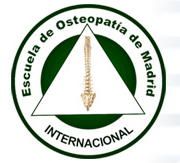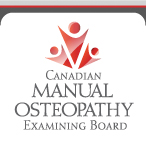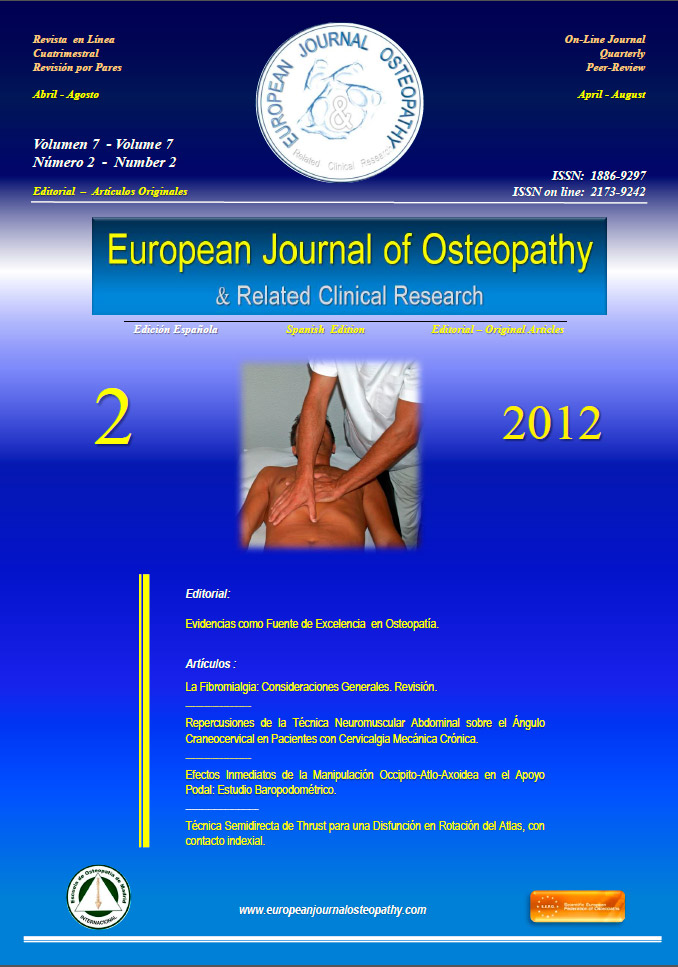By Tom Rankin, GCFP

“All descriptions of reality are limited expressions of the world of emptiness.
Yet we attach to the descriptions and think they are reality.
That is a mistake.”
Shunryu Suzuki
During my training, we were informed that there would be some confusion when people asked us to define the Feldenkrais Method®. One trainer told a humorous story to help prepare us for such moments. He was walking in Berkeley when he saw an interesting sign. It looked more like art than a sign. It was beautiful to look at, but hard to understand. He asked about the sign and was told it was for a Chinese restaurant. The trainer advised us that as future practitioners we needed to be able to explain the Feldenkrais Method with the same type of simplicity and clarity.
My first attempt to explain went something like: “Feldenkrais® is a method that uses movement to teach self-improvement,” which created an image of Richard Simmons crossed with Dr. Phil. While it was somewhat entertaining to think about, it was more than a little confusing.
Perhaps the best definition of the Feldenkrais Method is one that is empty. We tend to think of empty as nothing, because it is undefined. But emptiness can also mean free from one’s preconceived ideas and concepts. Think of the Feldenkrais Method as an empty cup. If we fill the cup with orange juice, we think Feldenkrais is orange juice. If the cup remains empty, it has numberless possibilities (juice, tea, milk, water, etc.). By not defining the Feldenkrais Method, one’s experience is more open. This way, it is not just another form of movement therapy or bodywork.
It is interesting to listen to people’s experience with the Feldenkrais Method. I often hear ideas and comments that are new to me. While Feldenkrais themes (improving self-image, reducing unnecessary effort or organizing an action more efficiently) are common in many lessons, we all respond in unique and individual ways. After the same class, one person may notice less back pain, another a new way to function and yet another, better vision.
Now when people ask me to define the Feldenkrais Method, I ask them what they enjoy doing. Then I tell them how Feldenkrais lessons will teach them to do it better. Hopefully, I am able to intrigue them enough to visit an Awareness Through Movement® class or make an appointment for a Functional Integration® lesson. As an old Chinese saying goes:
“I hear and forget
I see and remember
I do and understand.”








 4:43
4:43
 Daniel Enriquez de Guevara
Daniel Enriquez de Guevara




























.jpg)






















0 comentarios :
Publicar un comentario